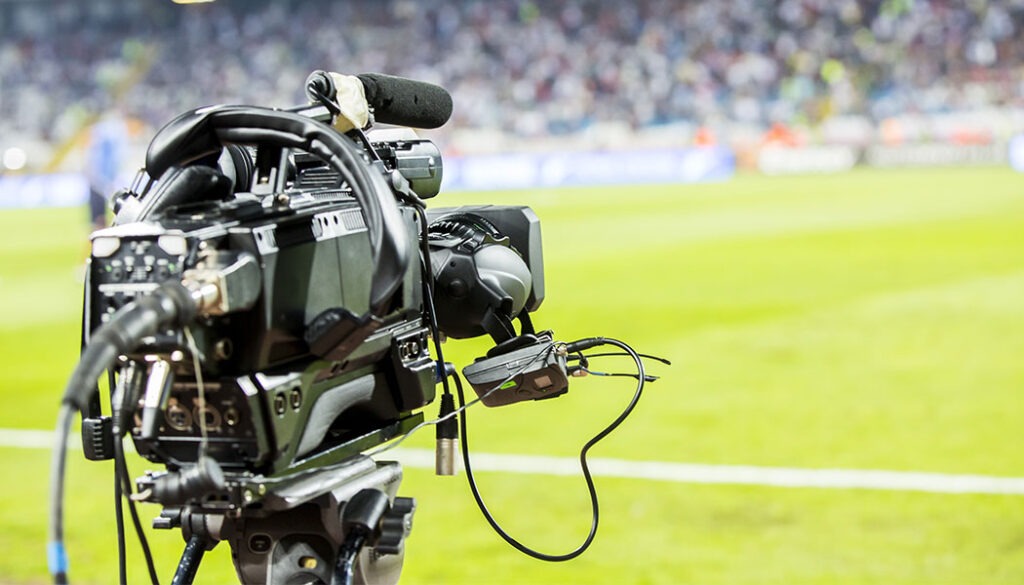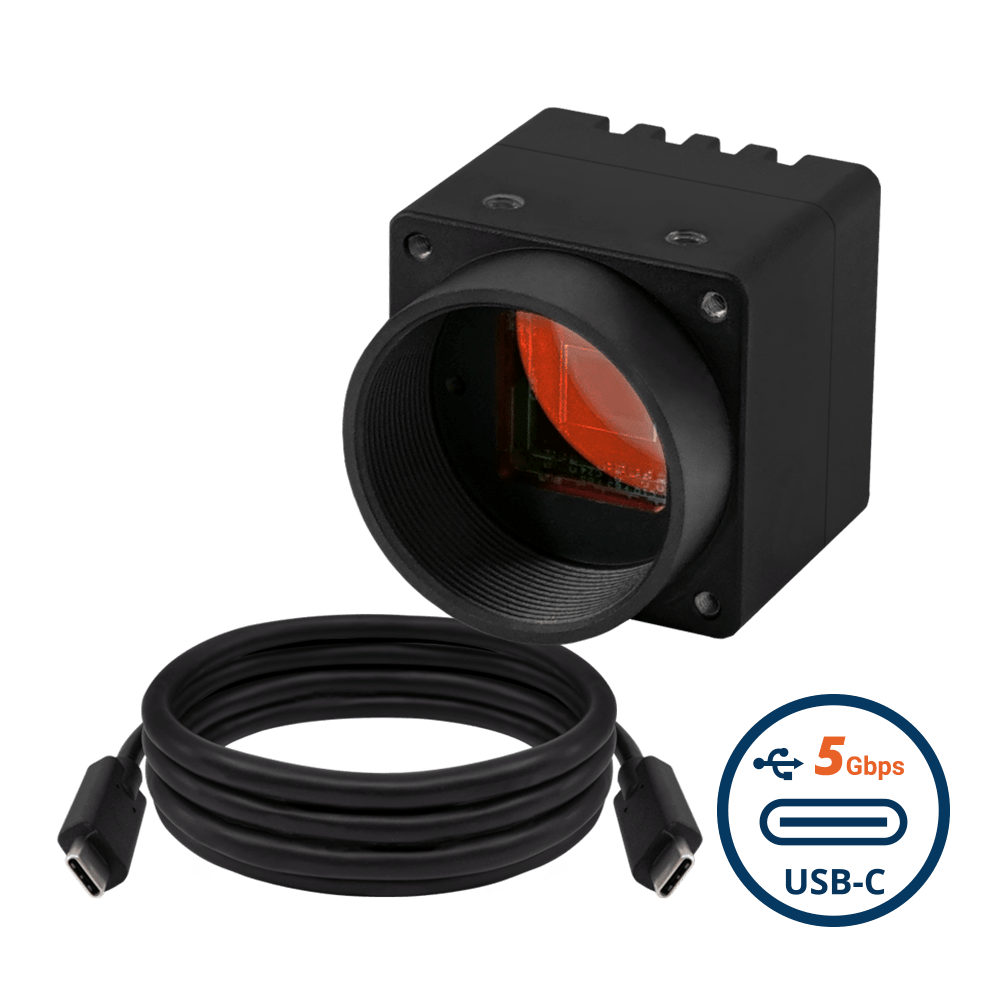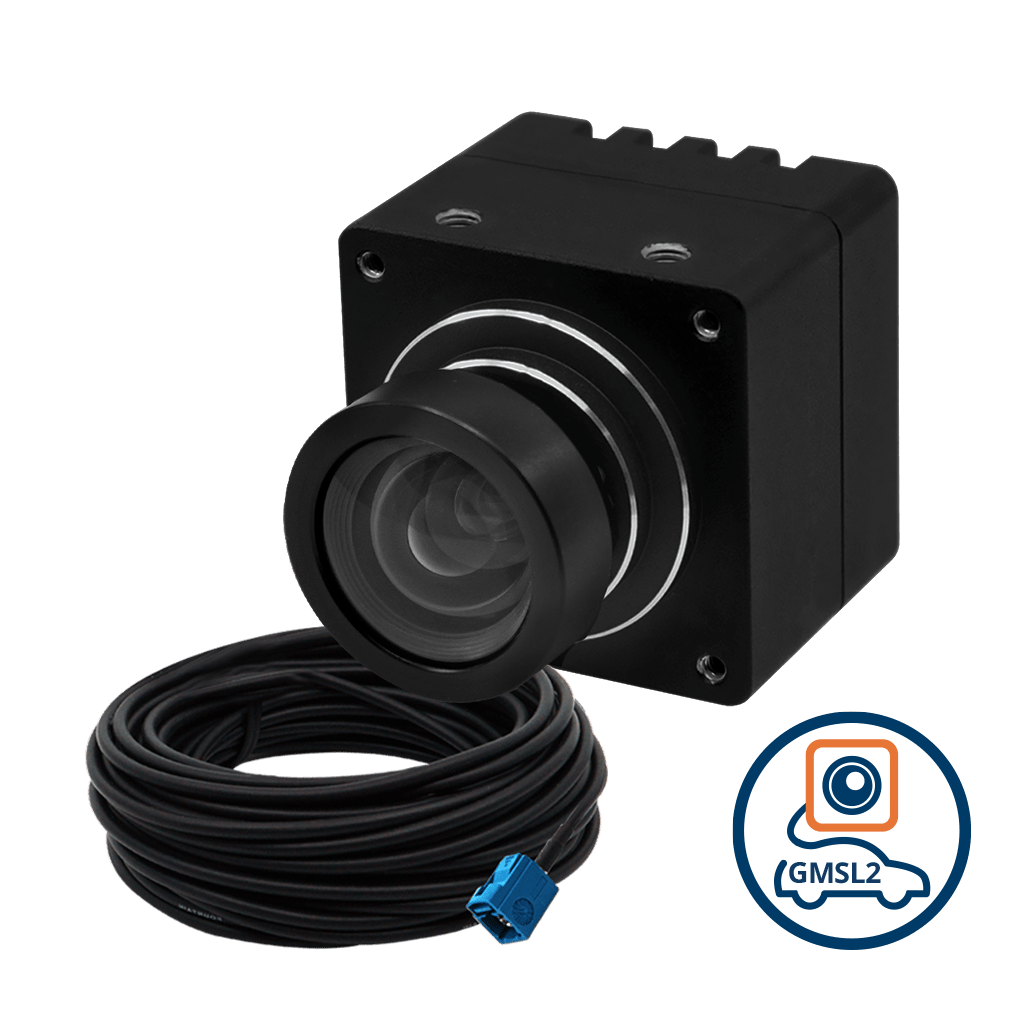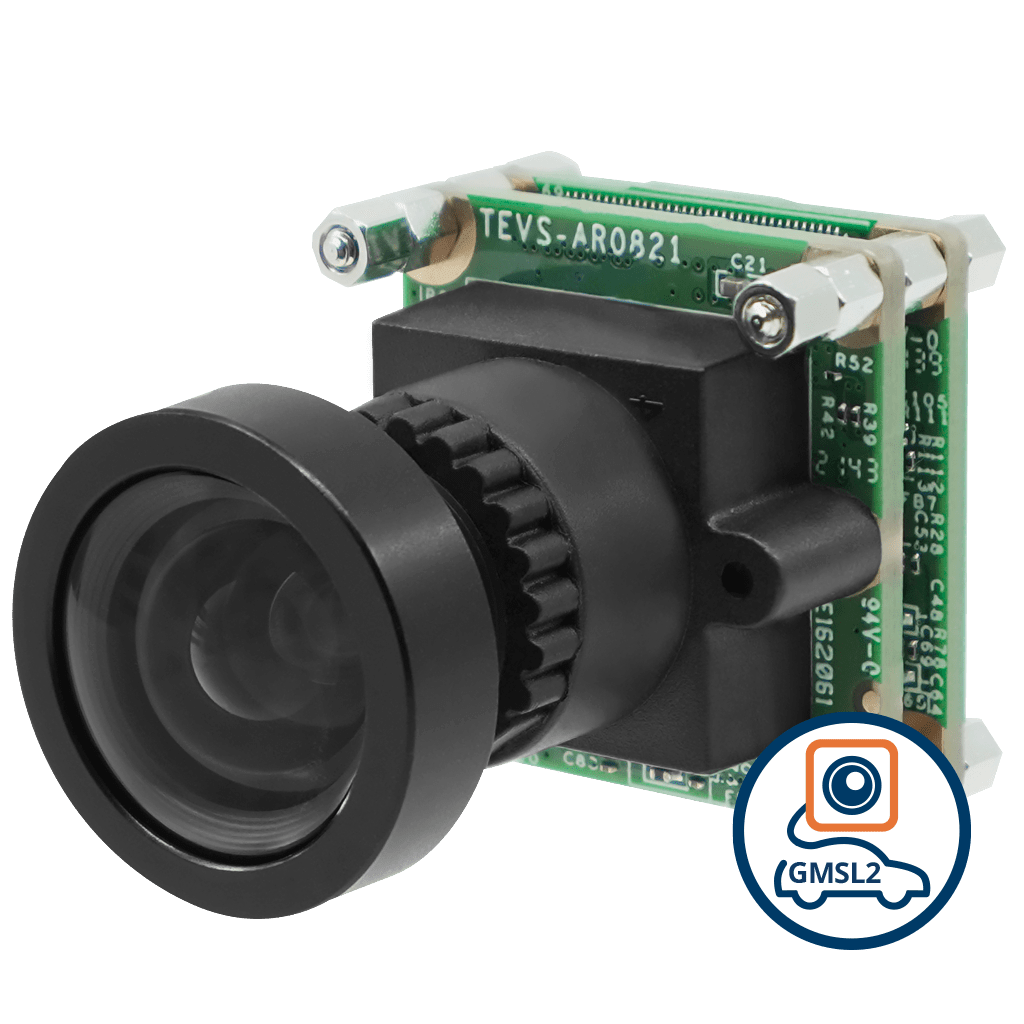The world of sports is evolving. With time, the avenues for athletes and sports personnel to grow professionally are also increasing. The use of cameras has played a significant role in this evolution. From the late 20th century, coaches and team managers started using video footage to analyze player performances. They also used videos to study the game plan of the opposing team.
However, this was possible only for professional matches at the highest level since they had a large crew capturing videos to be broadcast worldwide. That is now set to change with the widespread integration of embedded cameras for sports broadcasting and analytics.
In this article, we look at how embedded cameras are giving rise to a new wave of making amateur sports more popular and accessible. More importantly, we will look at the factors you must consider while choosing a camera for automated sports analytics and broadcasting systems. If you are building one, you don’t want to miss this.

A professional sports broadcasting camera
The rise of automated sports broadcasting
Professional sports matches use a large video crew and setup to broadcast matches. They have the budget and the resources to do it. But what about amateur sports games, like those school, college, or university-level matches? Or the lower-tier club matches? Sports authorities conducting them cannot afford to appoint a professional video crew to shoot and broadcast them. This is where automated sports broadcasting systems integrated with embedded cameras come to the rescue.
These cameras do not need any supervision and capture matches live in an automated manner. The videos are then sent over a network to be broadcast on a streaming platform. This way, players’ loved ones get to see the matches in the comfort of their homes without being physically present in the venue.
The analytics piece
Automated sports broadcasting systems are not just about broadcasting matches. They leverage artificial intelligence (AI) to analyze the video and provide insights like player performance, game speed, ball possession, etc. This information acts as input for team managers and coaches for player selection and understanding the opposition’s strategy and game plan.
The business model of automated sports broadcasting systems
Technology companies that build sports broadcasting systems usually don’t charge the sports authorities or stadium owners. They use this as a method to get an opportunity to install their camera systems in as many sports arenas as possible.
If that is the case, how do they make revenue?
The first source of revenue is the streaming platform. Users are charged a fee for watching the matches, just like how Netflix works. It’s a win-win situation because traveling to the match location and buying tickets can be more expensive than using the streaming service. Not to mention the inconvenience that comes with the former.
The second form of revenue comes from the analytics piece. Sports broadcasting system manufacturers charge team managers for decoding insights from the field using the video footage. One of the primary IPs (intellectual property) of the manufacturer is the AI algorithm that analyses the footage captured using embedded cameras.
To learn more about how embedded vision is changing sports analytics, check out the below article:
Embedded Vision in Sports Analytics – Relevance and Applications
Factors to consider while choosing an embedded camera for sports analytics
Every embedded vision application is different. A one-size-fits-all approach never works when it comes to choosing a camera for your vision system. And sports analytics is no different. Here, let us look at the factors you need to consider while choosing an embedded camera for your automated sports broadcasting and analytics system.
Resolution
Resolution probably is the most important factor to consider while picking a camera for any vision application. It has a huge impact on the quality of the image output. The higher the resolution, the higher the quality of the image. However, this doesn’t mean that you always opt for a high-resolution camera. This is because resolution limits the maximum frame rate you can achieve. In addition, the price of the camera tends to go up with an increase in resolution.
In the case of sports broadcasting, a resolution of up to 5MP can do the job. However, with time, the expectation with respect to image quality is also increasing. Moreover, with higher quality images, AI algorithms can more accurately perform ball tracking for deriving the insights required for team managers. So, you can go with 8MP, given the frame rate requirements are not high and the processor offers the necessary bandwidth.
Ball tracking
Frame rate
Typically, a frame rate of 30 fps is sufficient in sports broadcasting systems. If the camera is unable to clearly capture the ball owing to its speed, a higher frame rate can be chosen. Since resolution and frame rate limit each other at a given bandwidth of the processing platform, it is important to find a balance between the two.
At a resolution of 4K, achieving a frame rate of 30 fps is not challenging given the availability of high-end processors today. At the same time, if you have a limited budget and cannot go with expensive processors, keep a check on the resolution and frame rate. You also need to make sure that the application requirements are not compromised.
Dynamic range
In the case of outdoor games happening during the day, there is a high likelihood of the camera facing bright sunlight. In such scenarios, a camera with high dynamic range (HDR) is recommended. For example, TechNexion’s VCI-AR0821-CB comes with HDR capability and is suitable for use in outdoor settings.
It is based on the AR0821 sensor from onsemi and comes with a unique combination of ultra-high resolution and high dynamic range. A dynamic range of 100 dB or above is recommended for sports broadcasting systems.
Also read: HDR Cameras and Their Applications in Embedded Vision
Multi-camera synchronization
Sports arenas are large and a single camera will not be able to cover a match properly. Hence, a sports broadcasting system has to use multiple cameras to cover the entire field of view. A combination of 4 to 5 cameras is ideal. The number of cameras will primarily depend on the size of the field. You also need to consider parameters like lens distortion and processing power to ensure you get the desired output.
For example, using fewer cameras than necessary can result in lens distortions. On the other hand, using too many will consume more processing power apart from adding to the cost. This is why it is recommended to take the help of an imaging partner like TechNexion before you make a final call on the number of cameras.
Related: Multi-Camera Systems in Embedded Vision: Applications and Features
Ability to withstand outdoor conditions
Apart from dynamic range, you also need to ensure that the camera system is capable of withstanding harsh outdoor conditions. These include dust, rain, fog, snow, etc. To justify the ROI of the installation, the system should offer a minimum life of 5 years. To achieve this, it is recommended to use IP-rated enclosures. For example, TechNexion’s cameras come with an optional IP68 enclosure which protects them from any damage from water or dust.
Long-distance transmission
In most cases, the camera modules are mounted on a pole to ensure broad coverage. Given this, if the processing platform is placed at the bottom closer to the ground, the distance between the two units will be about 2 to 3 meters. This means that the camera should be able to transmit image data that far. Long-distance camera modules like GMSL2 and FPD-Link III cameras are recommended in such scenarios.
Image stitching
When you use multiple cameras to capture a single scene, to get the complete view, you need to stitch images from the cameras together. A 180-degree stitching algorithm has to be designed in order to achieve this.
The future of vision-enabled sports analytics
Today, automated sports broadcasting and analytics is most commonly used in soccer and golf. However, with newer use cases emerging, its application is extending to other sports and games like tennis, basketball, and even ice hockey. In the future, more sporting authorities are likely to adopt these systems to automate broadcasting as well as obtain key insights about players and playing patterns.
Further, with advancements in AI, vision-enabled sports analytics systems will be able to conduct deeper analyses that will help coaches not only assess current player performances but also learn how these inputs can be used for developing future players.
TechNexion – cameras for modern sports analytics systems
TechNexion comes with more than 2 decades of experience in the embedded systems world. Our portfolio has a wide variety of cameras including 4K cameras, HDR cameras, high frame rate cameras, etc. Our cameras support multi-camera synchronization and are compatible with major processing platforms like NVIDIA Jetson and TI TDA4VM. We also have GMSL2 and FPD-Link III cameras that are a great fit for sports broadcasting and analytics systems. Visit the embedded vision page to learn more about our camera solutions.
In addition to cameras, we offer system on modules that can be readily integrated into any embedded vision system. They can significantly reduce your time to market by enabling you to finish development faster. Check out this page to explore our system on modules.
Related Products
- The rise of automated sports broadcasting
- The analytics piece
- The business model of automated sports broadcasting systems
- Factors to consider while choosing an embedded camera for sports analytics
- The future of vision-enabled sports analytics
- TechNexion â cameras for modern sports analytics systems
- Related Products
Get a Quote
Fill out the details below and one of our representatives will contact you shortly.



